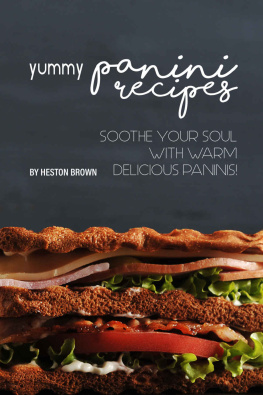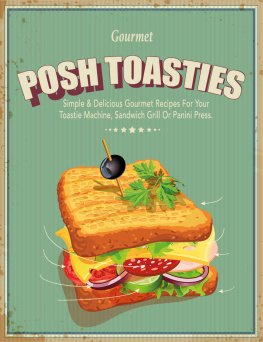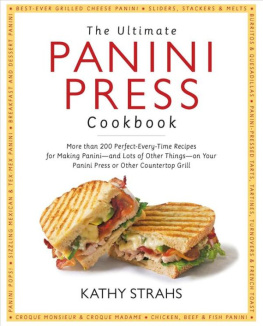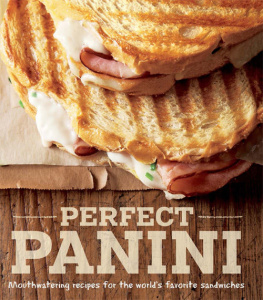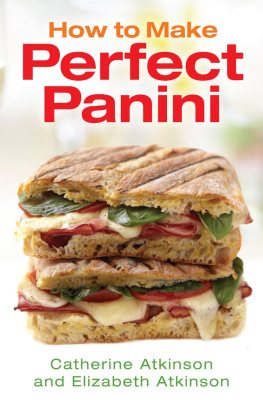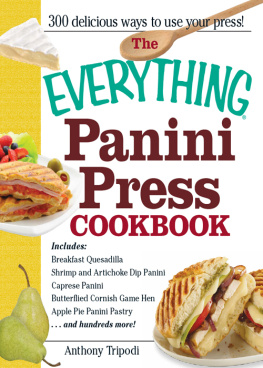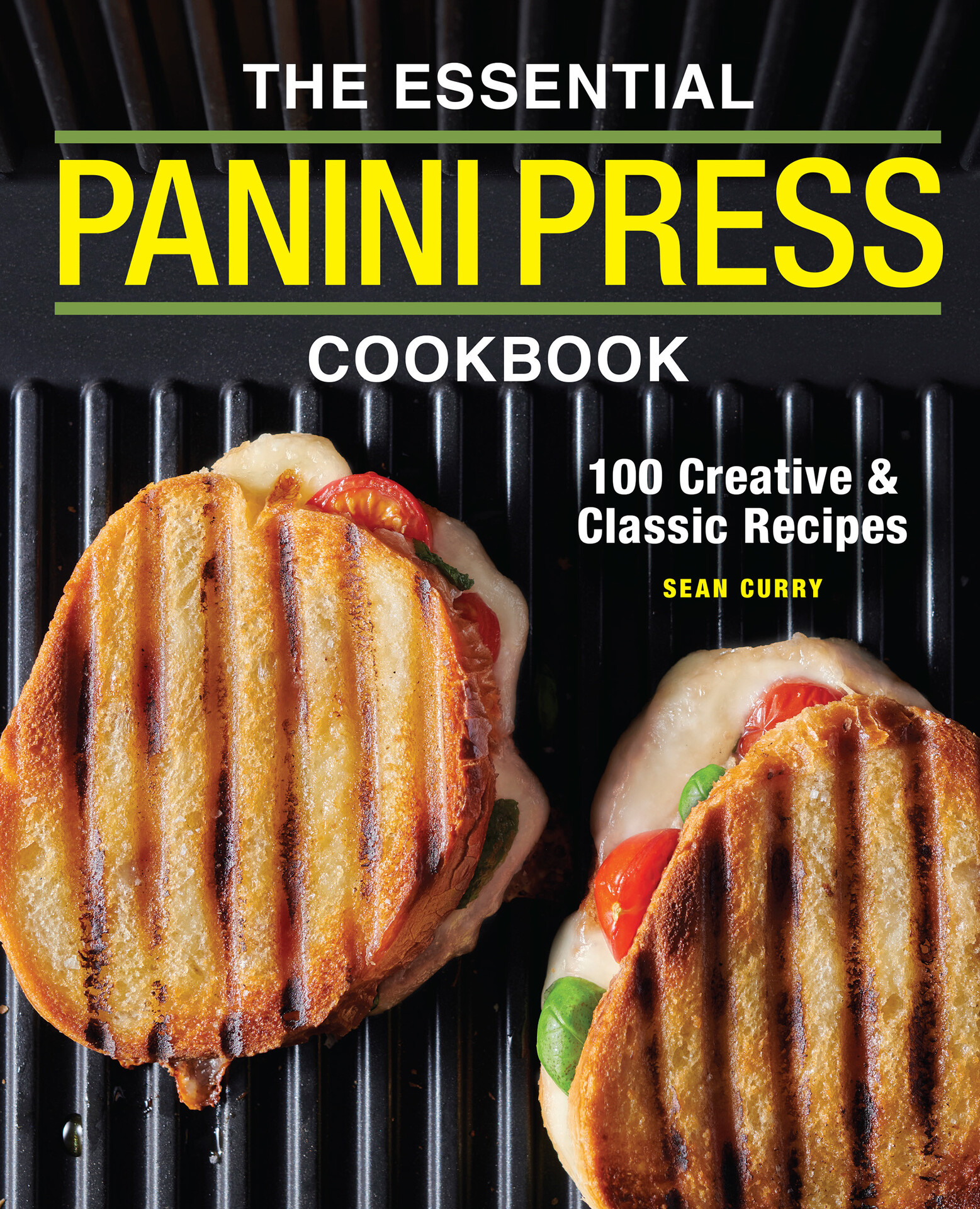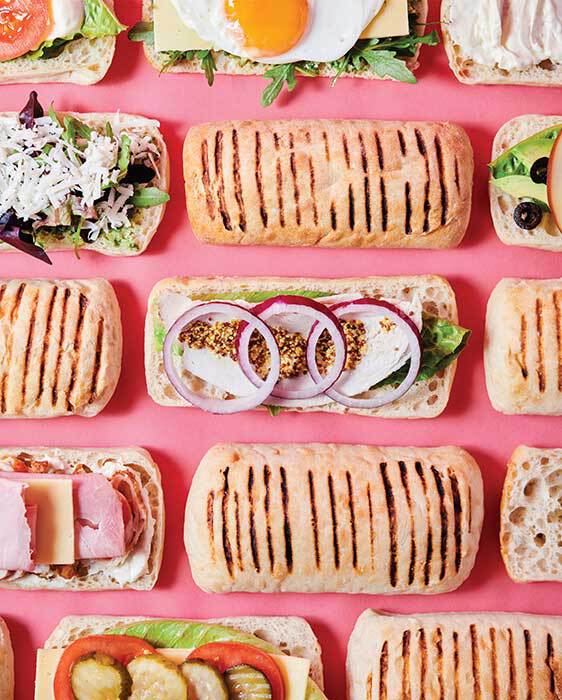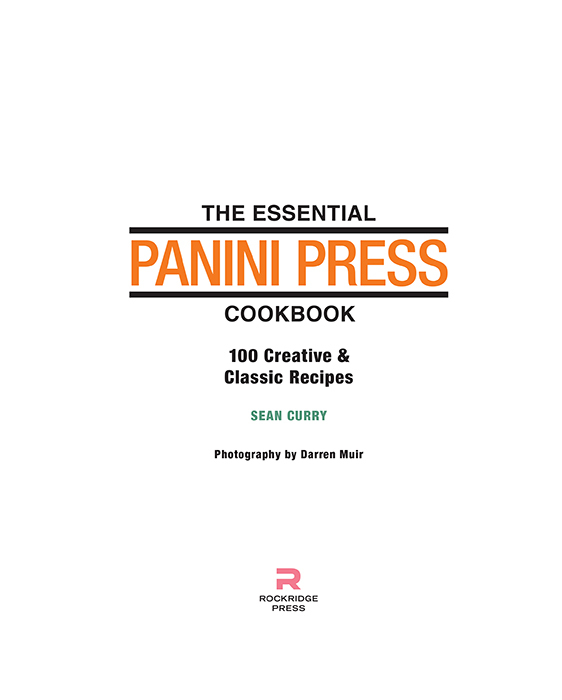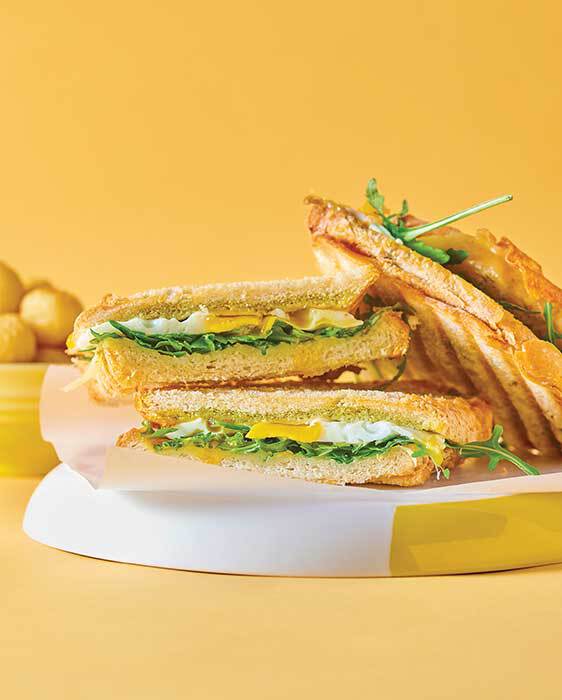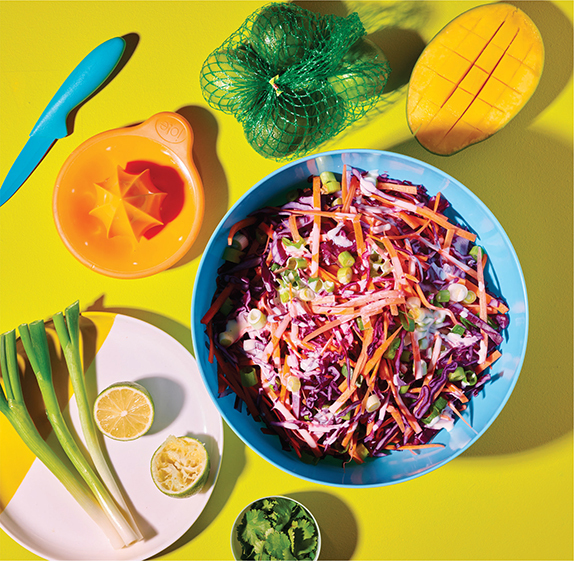Copyright 2020 by Rockridge Press, Emeryville, California
No part of this publication may be reproduced, stored in a retrieval system, or transmitted in any form or by any means, electronic, mechanical, photocopying, recording, scanning, or otherwise, except as permitted under Sections 107 or 108 of the 1976 United States Copyright Act, without the prior written permission of the Publisher. Requests to the Publisher for permission should be addressed to the Permissions Department, Rockridge Press, 6005 Shellmound Street, Suite 175, Emeryville, CA 94608.
Limit of Liability/Disclaimer of Warranty: The Publisher and the author make no representations or warranties with respect to the accuracy or completeness of the contents of this work and specifically disclaim all warranties, including without limitation warranties of fitness for a particular purpose. No warranty may be created or extended by sales or promotional materials. The advice and strategies contained herein may not be suitable for every situation. This work is sold with the understanding that the Publisher is not engaged in rendering medical, legal, or other professional advice or services. If professional assistance is required, the services of a competent professional person should be sought. Neither the Publisher nor the author shall be liable for damages arising herefrom. The fact that an individual, organization, or website is referred to in this work as a citation and/or potential source of further information does not mean that the author or the Publisher endorses the information the individual, organization, or website may provide or recommendations they/it may make. Further, readers should be aware that websites listed in this work may have changed or disappeared between when this work was written and when it is read.
For general information on our other products and services or to obtain technical support, please contact our Customer Care Department within the United States at (866) 744-2665, or outside the United States at (510) 253-0500.
Rockridge Press publishes its books in a variety of electronic and print formats. Some content that appears in print may not be available in electronic books, and vice versa.
TRADEMARKS: Rockridge Press and the Rockridge Press logo are trademarks or registered trademarks of Callisto Media Inc. and/or its affiliates, in the United States and other countries, and may not be used without written permission. All other trademarks are the property of their respective owners. Rockridge Press is not associated with any product or vendor mentioned in this book.
Interior and Cover Designer: Julie Schrader
Art Producer: Michael Hardgrove
Editor: Brian Sweeting
Production Editor: Ruth Sakata Corley
Photography 2020 Darren Muir. Food styling by Yolanda Muir
courtesy of Kelly Jones
ISBN: Print 978-1-64611-733-8 | eBook 978-1-64611-734-5
R0
For Kelly, whose name belongs on the front of this book as much as mine. I love you.
Contents
G rowing up, there were a few rules at my familys table, but only one was absolute: We couldnt dislike any food we hadnt tried yet. My parents made my brother, sister, and I eat at least one whole serving of something before we were allowed to say we didnt like it.
We resisted, but as we grew older it instilled in all three of us a deep-seated appetite for discovery. Every new dish was something to anticipate, an opportunity to find new, weird tastes. The risk of discovering something we actually didnt like was always there, but so too was the promise of discovering something we loved.
Our table always had something new on itan untasted ingredient, an untested dish, a cuisine yet to be sampled. As such, there were always exciting leftovers in our fridge and pantry. Thats really how I started cooking: checking what was on hand and throwing it together between two slices of bread.
My cooking journey grew from there: I conquered the grill alongside my dad in high school, mastered munchies in college, and whipped together rice, beans, and eggs on a budget in my early twenties. But even as my culinary boundaries expanded, I always found myself coming back to the simplicity of protein, cheese, produce, and sauces on bread.
As I was learning the basics of pasta, I discovered how well pesto pairs with tomato and mozzarella, and I incorporated more basil-y goodness into my lunches. German food showed me that mustard had depths Id never dreamed of, so I experimented and pushed mustard far beyond the yellow stuff I was used to squeezing onto hot dogs.
The art of making a sandwich lies in letting your process take you somewhere unexpected, somewhere not in your ingredients or plan. The thrill of opening a fridge full of odds and ends and figuring out what I can make with them is the reason I love sandwiches in the first place. No plan, no recipe, no expectations; I just open the door and let the fridge speak to me.
Ive written these recipes with two objectives in mind. First, I want to introduce you to the basics of hot, pressed sandwiches: how to use condiments, which greens go best with different types of bread, and how to know when you have too many toppings. Second, I want to encourage you to consider ingredients and foods you never would have thought to put on a panini. In these pages, youll find the basics of Italian paninis like salami, prosciutto, arugula, ciabatta, and mozzarella, but youll also find ingredients and recipes further off the well-trodden panini path, like hummus, lamb meatballs, eggplant, polenta, pancakes, kimchi, and more.
You might be hesitant to try them, but allow me to offer one guiding rule two very wise people once gave me: Dont say you dont like it until youve tried it.
In the summer of 1961, 38 men showed up for work in Green Bay, Wisconsin. It was their first day of training camp after they had lost the previous years NFL Championship to the Philadelphia Eagles. Their coach, Vince Lombardi, was to address the team.
Coach Lombardi looked at more than three dozen of the most talented professional football players on Earth, masters of their game who had been within reach of the highest acclaim their sport offered mere months earlier, held up a football, and said something that would lead them back to the Championship and victory over the New York Giants:
Gentlemen, this is a football.
Even at the height of your game, fundamentals matter. So, with that said:
Fellow enthusiasts, this is a panini press.
Features
A panini press is a device that heats two metal grill plates attached to either side of a clamshell hinge. Its usually electric and can heat its grill plates on its own, but some simple presses, or unheated presses, require an external heat source such as a campfire, barbecue, or stovetop. For the purposes of this cookbook, were referring specifically to electric panini presses, but most of these recipes can be easily adapted for an unheated panini press.


